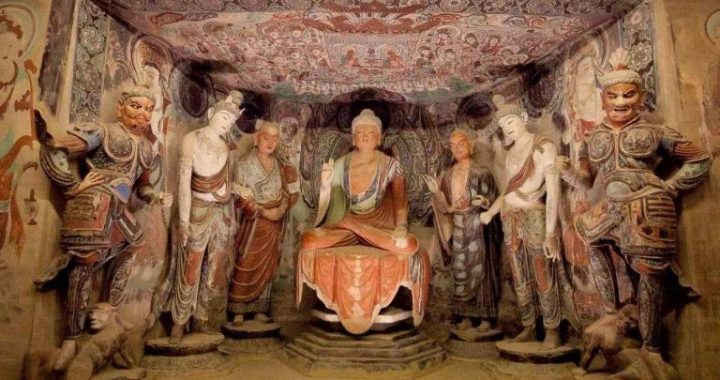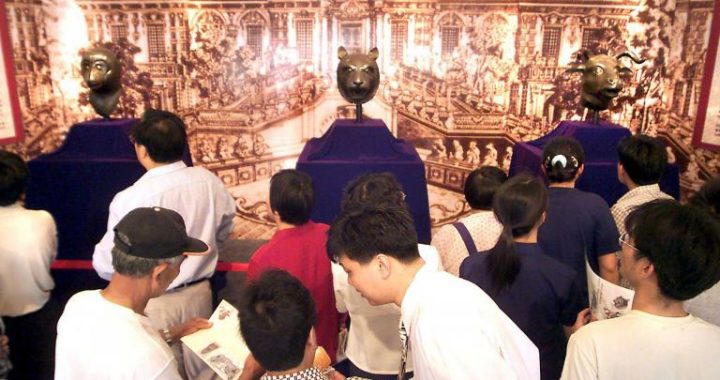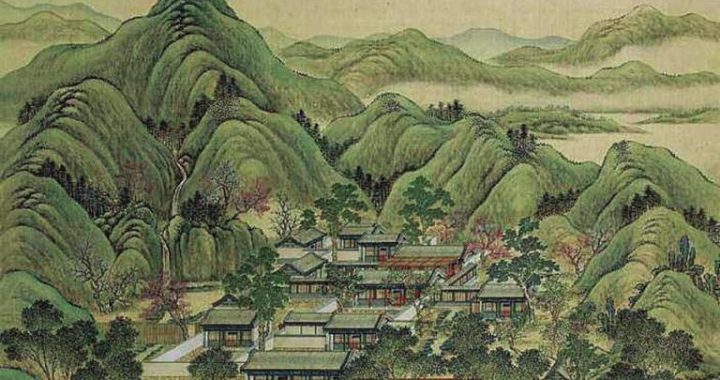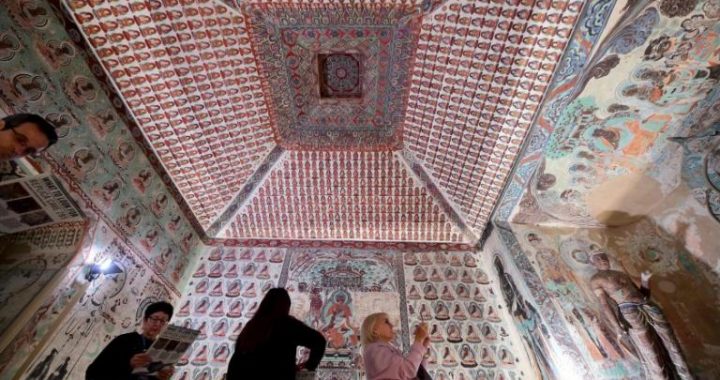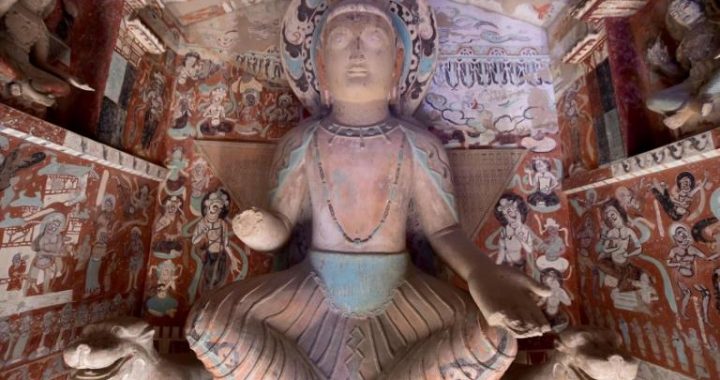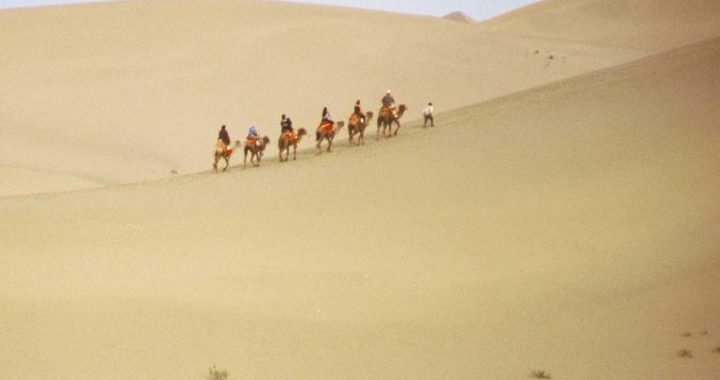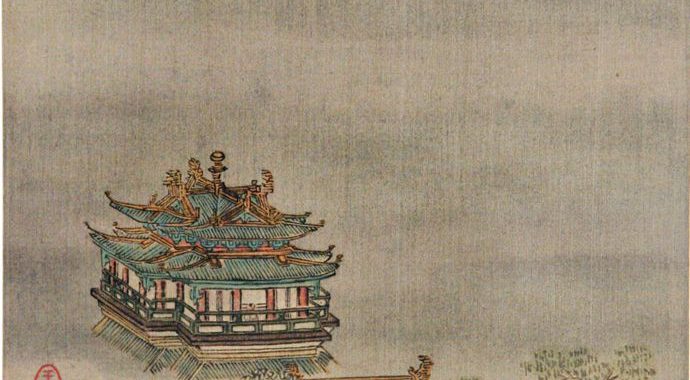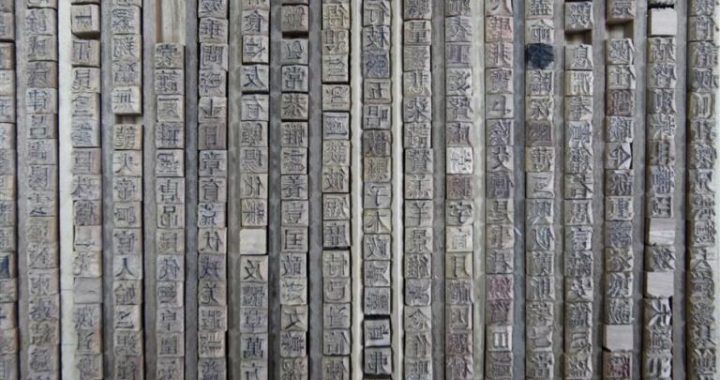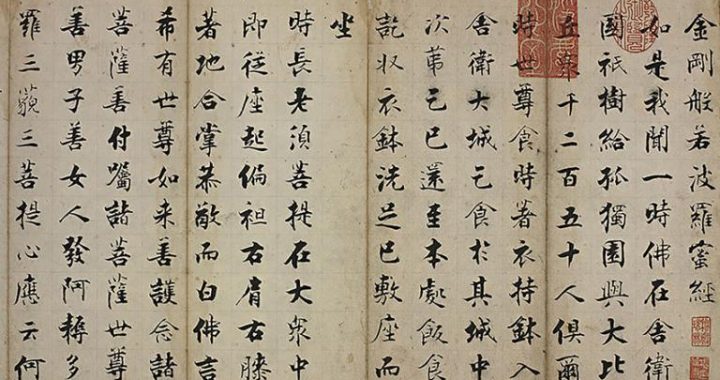An overview of the early population of Dunhuang
3 min readWhen Dunhuang was established as a prefecture, it was sparsely populated; so the Han dynasty moved a large number of people here from inland. This reinforced the cultivation of wasteland in Hexi and in turn strengthened the frontier defense. The immigration was mainly undertaken in the reign of Emperor Wudi and was continued thereafter, its targets were have-nots, termers, and, in the Western Han period, criminals previously sentenced to death. Some soldiers stayed after their service and brought their families here. Some minority ethnic groups were also compeled to move here for various reasons. This led to a great increase of people in Hexi, andby the end of the Western Han the population of the four prefectures amounted to61,270 households with over 280,000 people according to Treatise on Geography in History of Han Dynasty. The inland immigrants helped to change the national structure, brought with them advanced technology of production from the Central Plains, and promoted the agricultural development in Hexi. They contributed in both farming and frontier defense. Therefore, the immigration strategy of the Western Han played an important role in the reinforcement of frontier defense against the Xiongnu invasion, and introduced the feudal economic and political system here.
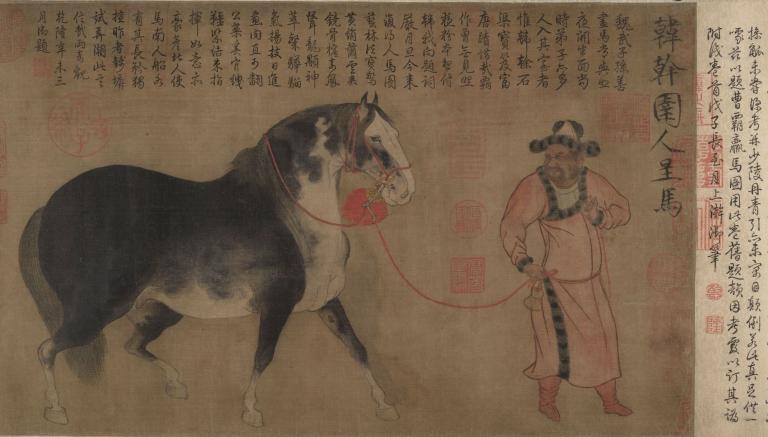
In the late period of the second century, with the founding of the Kingdom ofWei, the Caos paid close attention to the strategic position of Hexi and were therefore very careful in the nomination of local officials. In the reign of Emperor Ming of the Wei, the appointed prefectural governor for Dunhuang was Cang Ci, who adopted the policy of checking the rich and helping the poor and therefore changedthe situation in which the rich were plutocratic but the poor was utterly poverty-stricken. He took such safeguard measures as granting passports or sending officials or clerks of protection to ensure the interest of merchants from the Western Regions. He also encouraged ordinary people to open up wasteland for crops and advocated intermarriage between the Han and other ethnic communities. These measuresadvanced the development of trade in Dunhuang and turned it into a commercial town.
During the years of Jiaping (249-254) of Prince Qi of the Wei, Huangfu Long was appointed prefectural governor for Dunhuang. He made great contributions to the development of Hexi by his devotion to the local agricultural production and active attempt to transform the poor local customs.
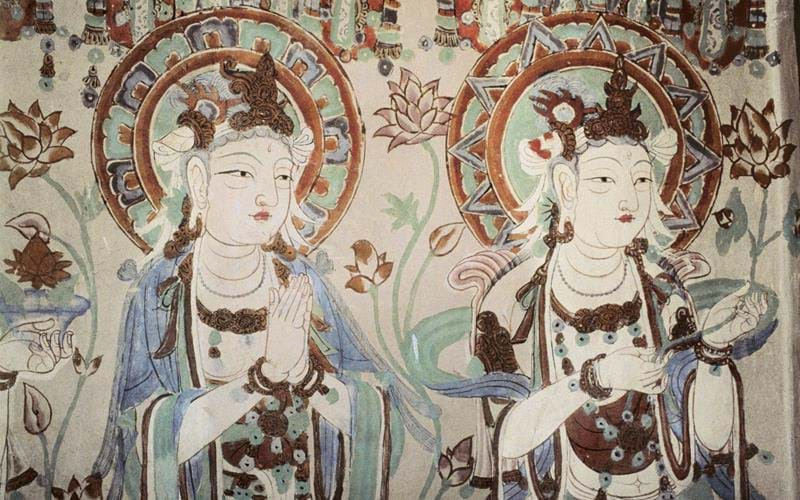
By means of on-the-spot investigation, he realized that the land in Dunhuang was with excessive component of sand alkali. He suited measures to local conditions and changed the traditional complete immersion before plowing to slow irrigation with less water so that the fields were evenly soaked, the intensity of manual labor reduced, and the output of crops heightened. He instructed farmers to make seed plows and showed them how to use so that the primitive mode of plowing was abandoned. After the practice of the new mode, the crop yield was recorded to be increased by 50% with over half of labor being saved. Today, when we visit the Mogao Grottoes of Dunhuang, we can see paintings of two-cattle one-yoke tilling, harvesting and winnowing which vividly reflect the farming activities of Dunhuang then. The adoption of plowing mode by Huangfu Long in Dunhuang played a role thatcannot be undervalued in developing Hexi, particularly Dunhuang. It further pushed the development of agriculture, shortened the gap between Dunhuang and the Central Plains, and transformed the place into an important center of commodity trade and a place of grain production on the Silk Road.
